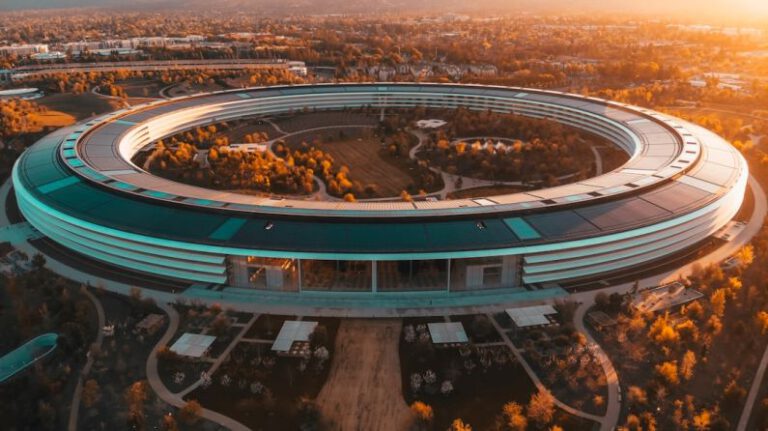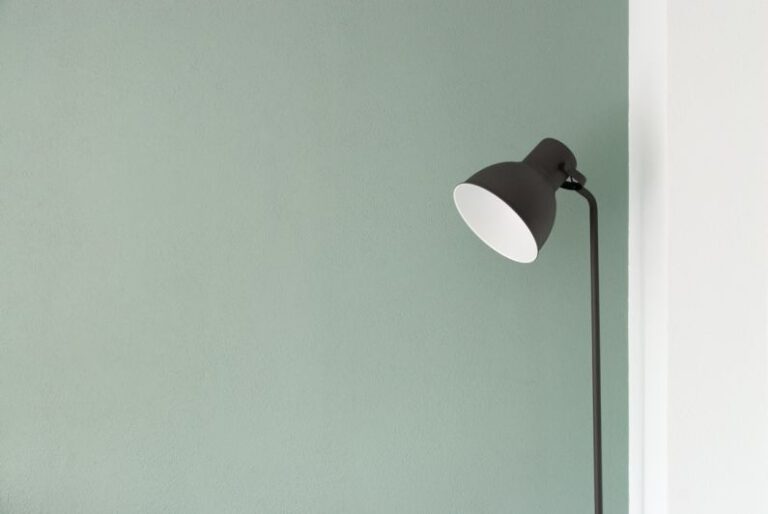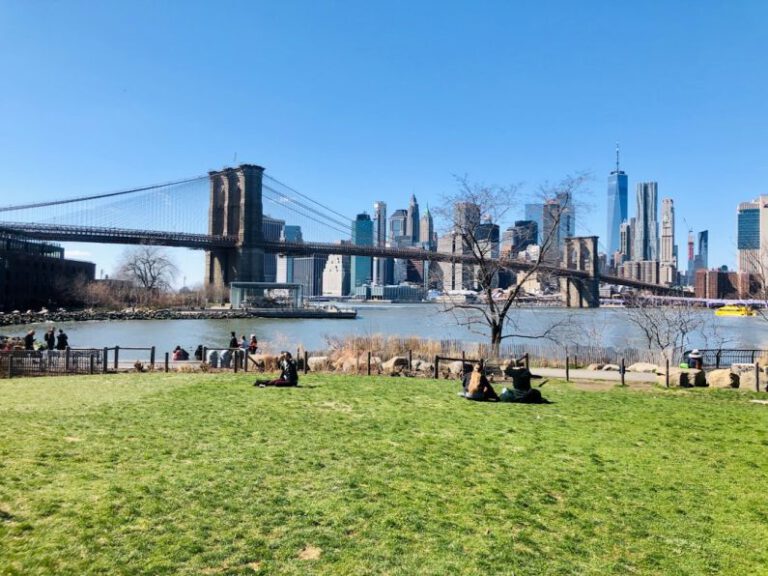What Are the Architectural Innovations in the Burj Khalifa?
Standing tall in the vibrant city of Dubai, the Burj Khalifa is a modern marvel that has captured the world’s attention with its groundbreaking architectural innovations. As the tallest building in the world, it represents a fusion of cutting-edge technology and visionary design. Let’s delve into the architectural advancements that make the Burj Khalifa a true engineering masterpiece.
Height and Skyscraper Design
At a staggering height of 828 meters (2,717 feet), the Burj Khalifa redefined what was possible in skyscraper design. The tower’s sleek, tapered form not only gives it an iconic silhouette but also serves a practical purpose. By narrowing as it ascends, the building minimizes wind resistance and reduces the stress caused by high winds. This innovative design feature allows the Burj Khalifa to stand tall and stable amidst the challenging weather conditions of the desert environment.
The Y-shaped Floor Plan
One of the distinctive architectural features of the Burj Khalifa is its Y-shaped floor plan. This design innovation maximizes the amount of usable space in the building while providing stunning views of the city from every angle. The Y-shaped configuration also plays a crucial role in distributing the structural load evenly, ensuring the stability and integrity of the tower.
The Sky Lobbies
The Burj Khalifa boasts multiple sky lobbies located at strategic intervals throughout the building. These sky lobbies serve as transitional spaces where visitors can switch elevators to reach different sections of the tower. In addition to their functional purpose, the sky lobbies offer breathtaking views of Dubai and provide a sense of connection to the surrounding cityscape. The inclusion of these intermediate spaces enhances the overall experience of ascending the world’s tallest building.
The Tallest Observation Deck
Perched at a height of 555 meters (1,821 feet), the Burj Khalifa’s observation deck, known as At the Top, offers visitors a panoramic view of Dubai and the Arabian Gulf. What sets this observation deck apart is not just its height but also its innovative design. The floor-to-ceiling glass walls provide an unobstructed view of the city below, creating a sense of floating above the bustling metropolis. The experience of standing at the pinnacle of the Burj Khalifa is a testament to the building’s architectural ingenuity and ambition.
The Sky-high Elevators
To transport visitors to dizzying heights with speed and efficiency, the Burj Khalifa features some of the fastest elevators in the world. These high-speed lifts can travel at a remarkable speed of 10 meters per second, whisking passengers from the ground floor to the upper levels in a matter of seconds. The elevator ride itself becomes an exhilarating experience as guests ascend through the towering heights of the building, offering a glimpse of the innovative engineering that powers the Burj Khalifa.
The Sustainability Features
In addition to its remarkable height and design, the Burj Khalifa incorporates several sustainability features that set it apart as a forward-thinking architectural achievement. The building’s cladding system helps reduce solar heat gain, while energy-efficient lighting and water conservation measures contribute to its green credentials. By implementing environmentally friendly practices, the Burj Khalifa demonstrates a commitment to sustainability in the realm of skyscraper construction.
In Conclusion
The Burj Khalifa stands as a testament to human ingenuity and ambition, pushing the boundaries of architectural design and engineering. From its soaring height to its innovative floor plan and sustainable features, the building represents a fusion of art, technology, and vision. As a global icon that symbolizes Dubai’s rise as a modern metropolis, the Burj Khalifa continues to inspire awe and admiration for its architectural innovations.






